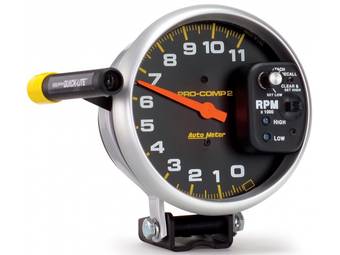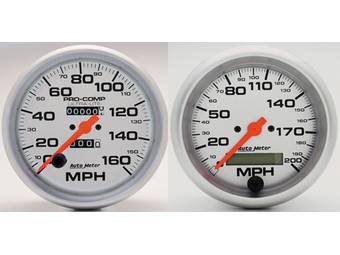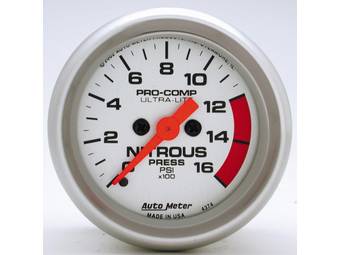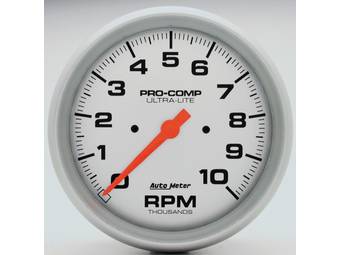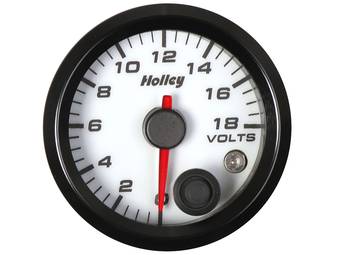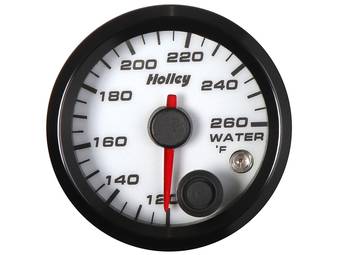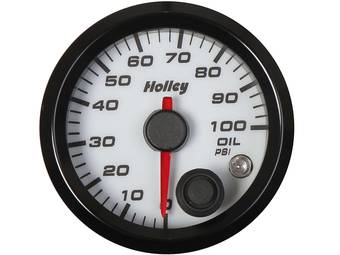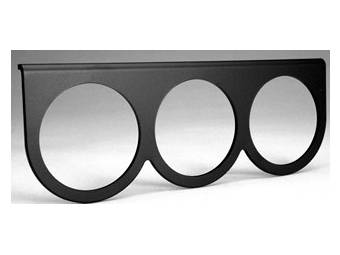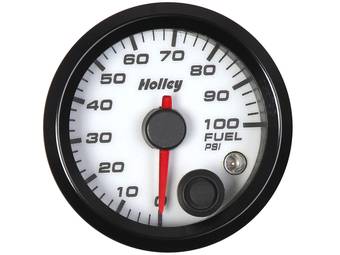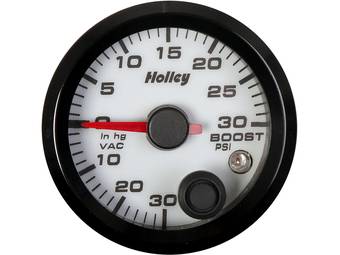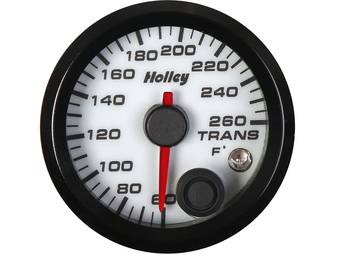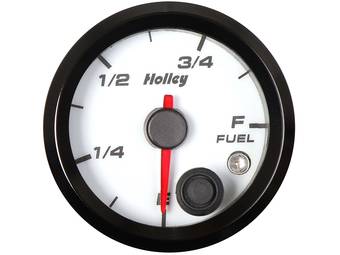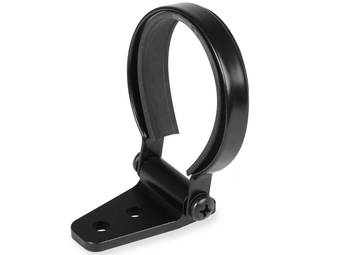Free Shipping on Orders Over $100
2011 Cadillac SRX Truck Gauges
Only display items that ship the quickest
Truck Gauges
With performance modifications come additional strain on your vehicle’s powertrain, including the engine, cooling system, transmission, and everything in between! As such, it’s important to keep an eye on essential parameters, like fluid temperatures, pressures, and boost on forced-induction applications.
At RealTruck, we carry a wide assortment of digital and mechanical gauges from the top manufacturers, ensuring a product that looks great and functions even better. These gauges allow you to monitor the performance and health of your powertrain, aiding in diagnostics and signaling problems before they cause catastrophic failure. Whether you’re racing or piloting a souped-up daily driver, we have the right gauges for you, all in stylish designs.
Types of Truck Gauges
At RealTruck, we offer several gauge types which monitor various parameters. Some of the most popular include:
Tachometers: These gauges monitor your engine’s RPM, or the crankshaft’s revolutions per minute. This value is essential, as it informs the driver how quickly the engine is spinning. Too low, and your engine is out of its efficiency range. Too high, and you can overstress components, which may lead to internal damage.
Oil Temperature: These gauges monitor the temperature of your engine oil, which is pertinent to oil lubricity and, thus, engine wear. An engine needs oil to survive, as the oil forms a fluid barrier between moving parts to reduce friction and wear. If your engine’s oil gets too hot, it can break down and lose efficiency.
Speedometer: This gauge measures your vehicle’s speed, ensuring you’re traveling at safe rates on the road.
Voltage: Even older vehicles require a charging system to power the starter, thus starting your vehicle with the turn of a key. On newer vehicles, the charging system becomes more vital, powering electrical systems and components. A voltage gauge helps monitor the performance of your vehicle’s charging system, ensuring the alternator is producing the required current to power your vehicle’s electronics and recharge the battery.
Fuel Levels: These gauges monitor the fuel level in the gas tank. If the fuel level reaches too low, it can starve the engine of gasoline, potentially damaging the fuel system in the process.
Differential Temperature: While a less common parameter to monitor, differential temperature measures the temperature of your vehicle’s differential oil. Like engine oil, gear oil forms a fluid barrier between metal parts, like bearings and gear teeth, to reduce wear. If the oil overheats, it can break down and reduce efficiency, thus causing excessive wear.
Water Temperature: These gauges monitor the temperature of your engine’s coolant, often referred to as water. Coolant is an essential component of most cooling systems, not including air-cooled vehicles. This fluid extracts heat from the engine, which keeps the engine operating at a normal and safe temperature. If coolant reaches too high of a temperature, it can lead to overheating the engine and potentially causing irreparable damage.
Transmission Temperature: These gauges monitor the temperature of your vehicle’s transmission fluid. Like other oils, transmission fluid is prone to breaking down if it’s subjected to too high of temperatures, thus causing excessive wear to gears, the torque converter, and clutch packs.
Nitrous Pressure: These gauges monitor the pressure of your vehicle’s nitrous oxide system if so equipped. This gas is highly combustible and volatile, and monitoring the pressure can help to ensure safe operation and engine health.
Fuel Pressure: Combustion is a three-part process requiring air, fuel, and an ignition source. As such, fuel pressure is essential to any engine’s efficiency. These gauges monitor fuel pressure, typically at the fuel rail, to ensure the proper amount of fuel feeds your fuel injectors for efficient combustion and a proper air/fuel ratio.
Oil Pressure: While oil temperature is essential, arguably more so is oil pressure. Oil must maintain a healthy pressure to push through the oil galleys and reach the cylinder heads, camshafts, timing components, and more. If the oil pressure is too low, your engine may incur excessive wear.
Boost/Vacuum: These gauges are reserved for forced-induction applications, in which the engine is fitted with a turbocharger or supercharger. These gauges monitor boost pressure and vacuum, ensuring safe operating conditions.
Mechanical Vs. Digital
Gauges come in two popular configurations–mechanical and digital–which interpret the same information in different ways.
Mechanical gauges are a cost-effective and reliable technology that utilizes physical mechanisms to measure values, like pressure and temperature. While these gauges typically provide the most accurate readings, they tend to be more challenging to install due to routing tubing into the cab vs. traditional wiring. While there isn’t a risk of electrical failure, the tubing that feeds oil or vacuum pressure to the gauge can brittle and break over time, introducing oil and vacuum leaks.
On the other hand, digital gauges utilize an electrically-powered sending unit to read pressures and temperatures, which then transfer the signal to a digital monitor in the cab. While digital gauges are more expensive than mechanical, they don’t suffer from the leak potentials of tubing. Digital gauges are also typically more customizable, offering several backlight colors, logging capabilities, and even alerting drivers when values read outside of safe parameters.

